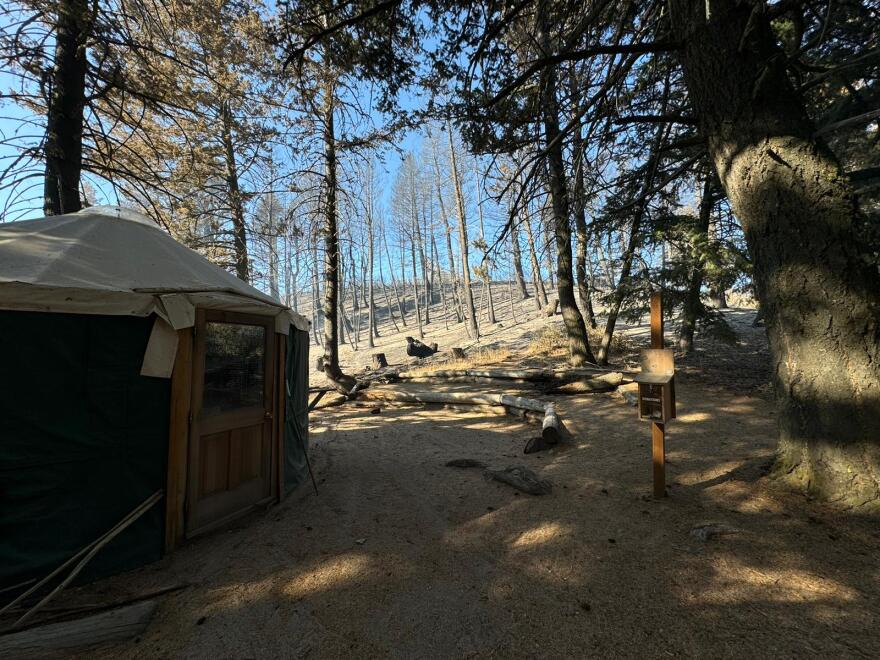The Valley Fire, which was started by a downed power line, has burned nearly 10,000 acres and destroyed crucial habitat for wildlife. The Intermountain Bird Observatory operates in the area and lost crucial operations for hawk research.

A research station run by IBO is located on Highland Valley Road in the area of Lucky Peak. Some staff returned to the site recently and saw the center of camp, which includes the main camping pad and kitchen area, escaped serious damage. However, other parts of the area were not so lucky.
"We did lose our hawk trapping blind," said Heidi Ware Carlisle, the education and outreach director for the observatory. "So the station where we were catching and banding raptors each fall, and then, I think most devastating, we lost all of our crew tents and where they were living for the fall."
The treed hillside where the songbird and raptors crew camped were burned, as well as the dispersed camping area where the owl team stayed. The tents and field gear of the crew were destroyed, along with large Douglas fir trees in the area.

Carlisle said despite this, there are still birds flying in the area, which is encouraging. In the coming years, IBO is going to focus on working with Idaho Fish and Game on habitat restoration in the area, but also researching how this fire is going to affect birds long-term.
"We have 30 years of before data to compare to. So I think we have a good opportunity to look into this more and learn. Learn as much as we can."
The hawk trapping area is going to be closed through the rest of the year because the impacts were severe where research volunteers camp. Volunteers can still help at the Diane Moore Nature center and bird banding sites along the Boise River.
The crew tents are being covered by insurance but they could use help in other ways, including volunteers for habitat rehabilitation. You can find volunteering opportunities on the Intermountain Bird Observatory website.




